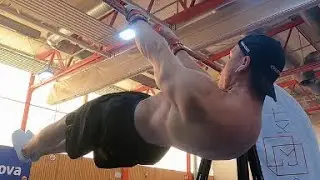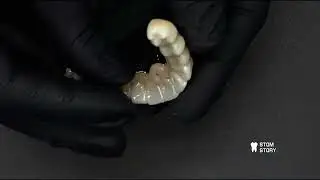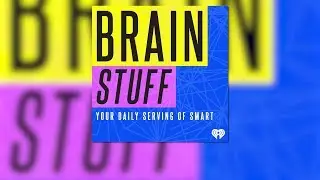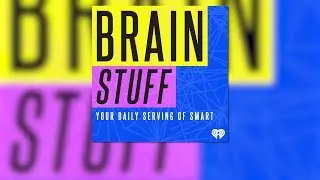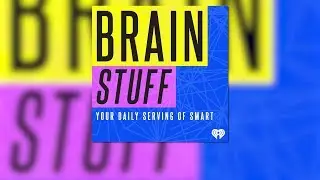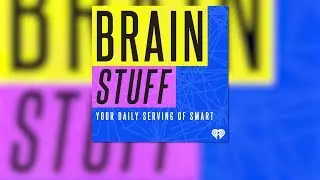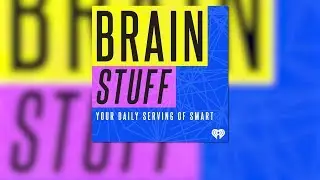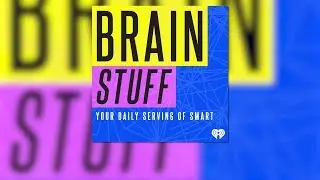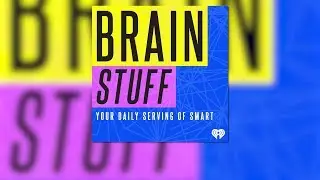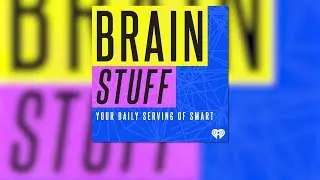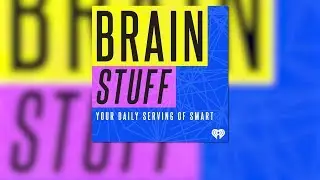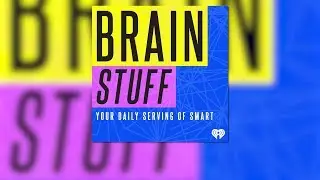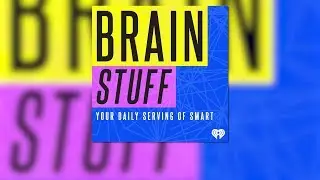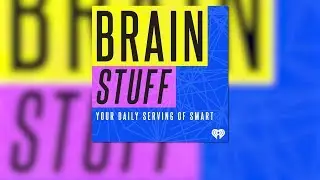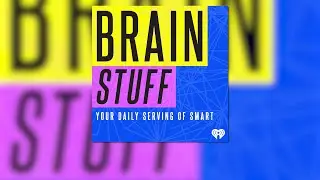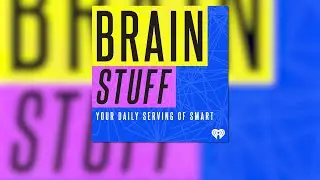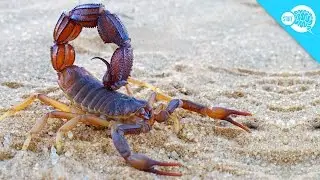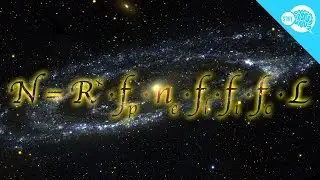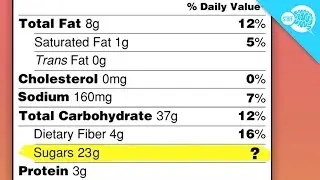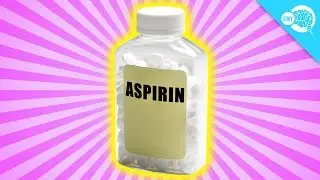Why Do Men Have Nipples?
Men don’t usually lactate – but they can! Cristen explores how breast tissue develops in human embryos of both sexes, and explains why mice are more advanced, evolution-wise.
Check out Cristen's article at HowStuffWorks.com:
http://health.howstuffworks.com/human...
Share on Facebook: https://goo.gl/6Dfi2m
Share on Twitter: https://goo.gl/suRyNi
Subscribe: http://goo.gl/ZYI7Gt
Visit our site: http://www.brainstuffshow.com
Why, hello there, BrainStuff! I wanted to talk to you about one way that mice could be considered more highly evolved than humans: Nipples.
Whereas human males develop a pair of nipples (or sometimes more) that generally serve no biological function, male mice exit the womb with their bellies smooth and nipple-free.
So why do men have nipples? Three or four weeks after conception, all human embryos develop parallel mammary ridges called milk lines. They extend from the top of the chest to the lower abdomen.
It’s not until week seven or so that genes in the embryo’s sex chromosomes – y’know, usually XX or XY – kick in. They’re what cause the formation of sexual dimorphisms: The physical traits that distinguish biological males from biological females.
But those genes don’t tinker with the already-developing milk lines! The milk lines recede naturally as the fetus grows, leaving behind nipples.
Now, in mice, mammary tissue also forms in both male and female embryos during early pregnancy. But according to Yale University research first published in 1999, a particular protein stops the process in male mice.
Just a few days after the mammary tissue starts to form, it produces a protein known as parathyroid hormone-related peptide, or PTHrP.
In male embryos, this protein signals the mammary cells to form hormone receptors that attract the male hormones already circulating in the embryo’s blood.
Those hormones shut down the mammary growth process and degenerate what tissue has already formed, leaving the he-rodents nipple-less by birth.
Mice are among an elite group of mammals with such efficient male-nipple-destroying genes. Horses and platypuses are in there, too. Human males, lacking any such system, are left with tissue that’s even capable of producing milk under the right circumstances!
So that’s how men have nipples. But why? Well, nipples and healthy breast development are closely linked with female reproductive success. So closely linked that biologists figure it was more evolutionarily advantageous for all embryos to develop breast tissue, whether they’d wind up using it or not.
SOURCES:
http://www.nature.com/scitable/topicp...
http://health.howstuffworks.com/human...
http://www.nature.com/news/1999/99080...




